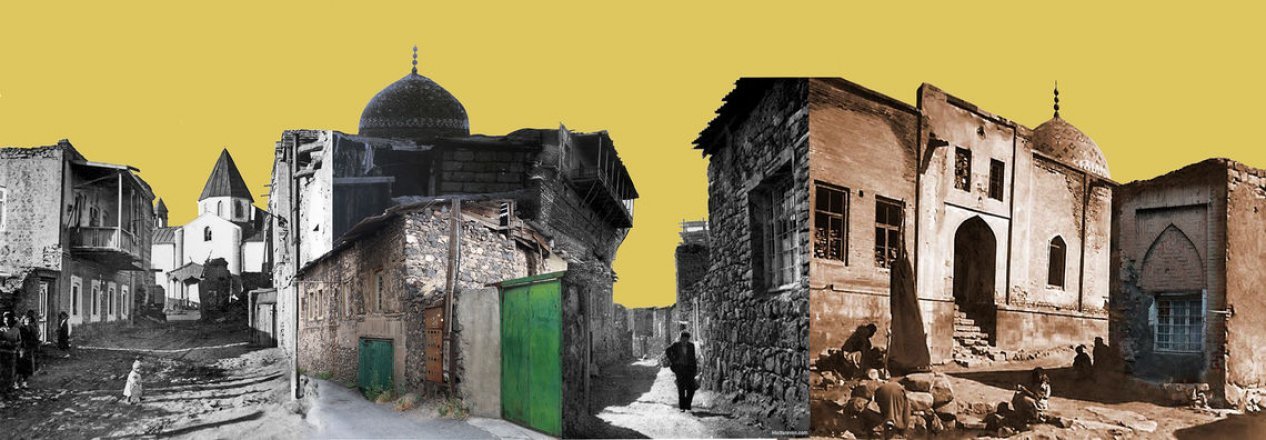
An article by Ira Tsuru entitled "The only evidence left of Old Yerevan: Kond", who recently visited the ancient Turkic city of Iravan and published her impressions of the trip in the newspaper "Agos", which is published in Istanbul in Armenian and Turkish, caused surprise and indignation Armenian minority in Turkey and at the same time Armenians in Armenia. What is the reason? The fact is that Ira Tsuru, who is the wife of the Armenian Islamic scholar and art historian Sevan Nishanyan, who calls himself an Armenian on his mother’s side and a Greek on his father’s (source), who at one time fled Turkey and took refuge in Greece, then who was announced in Greece as ‘persona non grata’, and who during the 44-day Patriotic War wrote insulting and hateful tweets to Azerbaijani soldiers, sharing his impressions of this trip with readers of “Agos” literally stated that Iravan and Western Azerbaijan are ancient Azerbaijani and Turkic land, and the Armenians, who arrived in these territories later, did everything to erase the traces of their stay.

Ira Tsuru noted that at present there are no historical buildings in Yerevan that date back to the historical past, like the Athens Plate, Montmartre in Paris, but there are several old buildings in the city center that date back to the 19th century. The art historian rightly asks both his readers and himself the question: if we say that Yerevan is 2800 years old, then where are the 2800-year-old buildings?!
The author also draws attention to the fact that after the establishment of Soviet power in Armenia in Soviet Yerevan, created by the architect Alexander Tamanyan in the style of Soviet architecture in order to distance Yerevan from the Azerbaijani Turkic identity, only the “Tepebashi quarter”, which the Armenians call "Kond" has remained since the past times. It is enough to look at the name of the quarters in the city of Iravan (source), consisting of four quarters (Gala, Sheher, Tepebashi and Demirbulag) during the period of the Iravan Khanate, to see that this is a historical city of Azerbaijan.
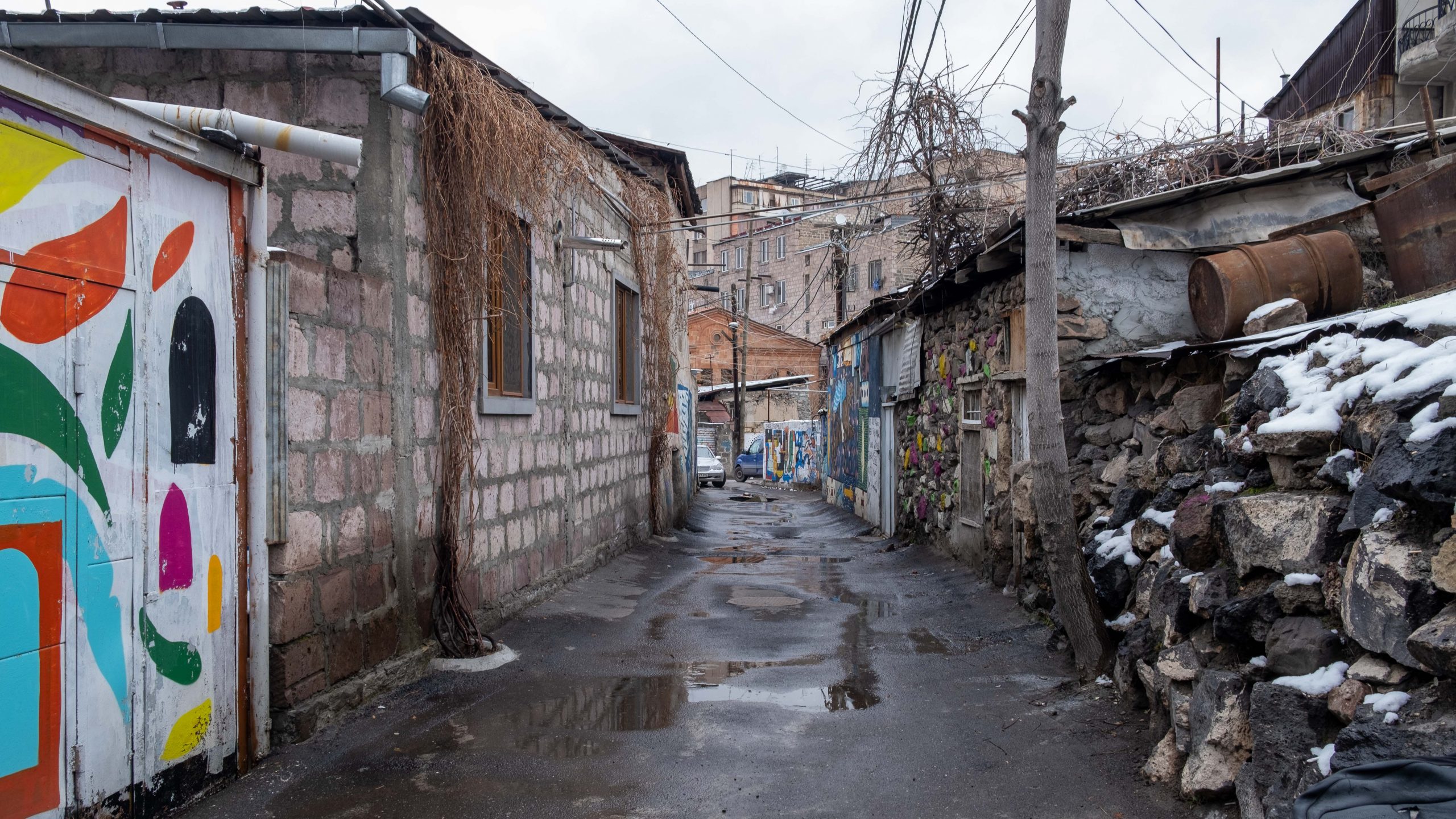
Art historian Ira Tsuru, oddly enough, notes the name of each of these quarters, or rather, she is forced to mention, because otherwise she would not be able to study the history of Iravan, which is 2800 years old: “Muslims called it Tapabashi, and Armenians called it Kond. During the Iranian rule, Tepebashi was one of the three main quarters of Yerevan. Sheher, Demirbulak (Karahank) and Tepebashi (Kond), these are the old quarters of Yerevan that we could not find.”
There is a special note in the article about "Tepebashi Mosque". It says: “The Tepebashi Mosque was probably built in 1687 during the Safavid dynasty, which means that it is one of the oldest structures in Yerevan. Today, only the walls a few meters thick and some sections of the outer fence stand.”
Previous state of "Tepebashi Mosque"
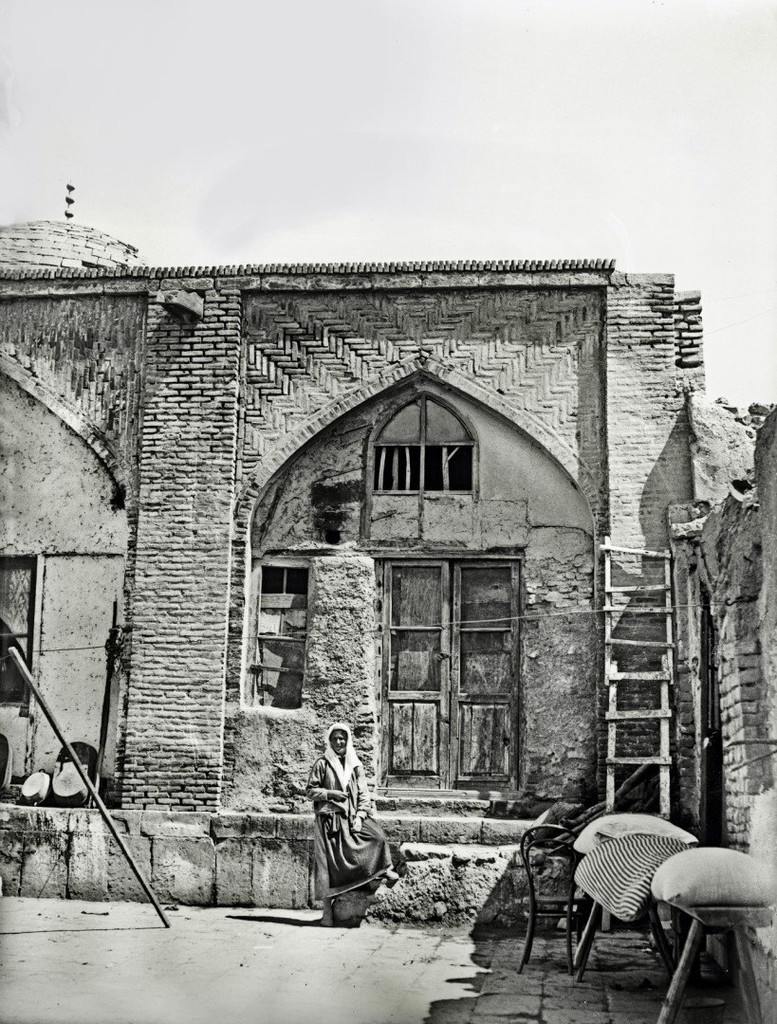
Current state of "Tepebashi Mosque"

But one more point that draws attention in this article is that the art critic kept silent about the Gala district, speaking about the historical quarters of Yerevan. Probably, the art critic was not aware that the city of Yerevan was named Ravan in honor of Khan Ravangulu, who built the Gala quarter, and later Iravan. Gala had 8 mosques, 800 houses, and only Azerbaijanis lived here. Later, the walls of the fortress, destroyed during the Ottoman-Safavid war, were further strengthened by the Ottoman commander Farhad Pasha in 1582-1583.
Turkish traveler and historian Evliya Celebi wrote about the construction of the Irevan fortress: “In 915 AH (1510-1511), Shah Ismail Safavi ordered his vizier Ravangulu Khan to build a fortress on the banks of the Zangi River. The construction of this fortress was completed in seven years.”
The French traveler Jean Chardin (second half of the 17th century) likened the Irevan fortress to an independent city. He said that there were 800 houses in the fortress, and the population of the fortress included only Muslims. Armenians came to the fortress during the day to trade, and left it at night.
Probably the most important revelation of the article: “We don’t know if local Armenians lived here at that time, how many there were.”
We get the best answer to the author from Stepan Pavlovich Zelinsky, one of the authors actively visible in the Caucasian Russian press (54-page article titled "Irevan city"). As a teacher of the preparatory class of the Irevan progymnasium, during the years of work in this city, five of seven quarters registered in the city of Irevan were named in Azerbaijani: Tepebashi mahalla, Sheher mahalla (center), Khanligbag mahalla, Damirbulak, Darekend. The Malakan quarter mentioned in this article, as the name implies, belongs to the Malakans who once moved to the city of Irevan. The Cholmagchi quarter, inhabited by Armenians, previously existed as a separate suburban village, only in 1843 was attached to Iravan. The area, referred to in the article as the "Northern Quarter", consists of a new quarter built for the settlement of Armenians resettled from Iran and Turkey after the Turkmenchay peace treaty. (Source)
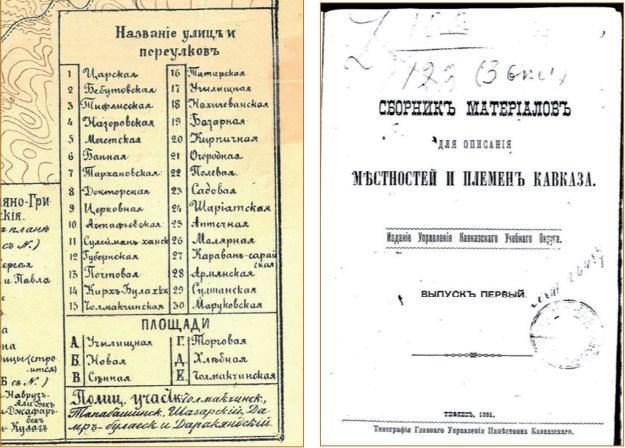
When the author Ira Tsuru writes about her impressions of the “Tepebashi region”, she mentions the “Surb Khovannes” church existing in this region, and emphasizes that this church functioned in the Middle Ages. However, the historian Nazim Mustafa wrote in his book “City of Yerevan” that "the churches of Poghos-Petros and Katogke, which existed in the city along with the mosques, were once built at the expense of Christian missionaries and aimed at ensuring the influx of Armenians into the city." That is, in ancient times there was never a church “Surb Khovannes” on this territory.
As for the presentation of the oriental style there as Persian culture, we are already accustomed to this approach of the Armenians and their supporters. For example, Ira Tsuru did not know that only the Blue Mosque has survived from the mosques of the city of Irevan. This same mosque was "restored" a few years ago, its history is falsified, and is now known as the "Persian mosque". Or last year it became known that the remains of the Sardar Palace, one of the oldest examples of Azerbaijani architecture, are still preserved in Yerevan. The palace was discovered by accident by a Russian journalist, but was “erroneously” presented in the Russian press as an example of Persian culture.
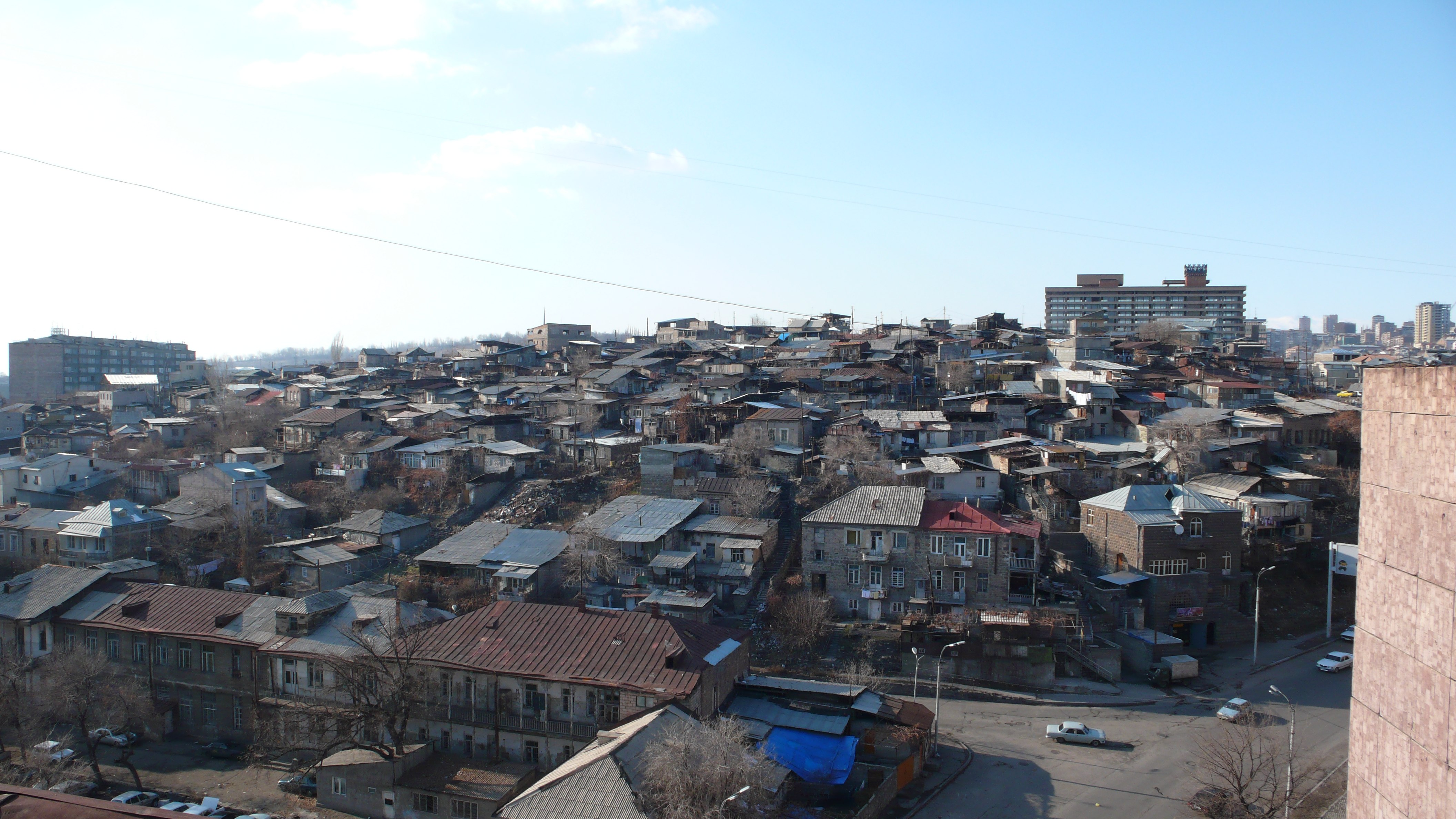
The impression of the visit of the art historian Ira Tsuru, published in the “Agos” newspaper, is very important from the point of view that Tepebashi, one of the historical quarters of Yerevan, has nothing to do with Armenians. As the author notes, the Armenians living in the capital Irevan are ashamed of the Tepebashi quarter, which has remained as a monument to ancient Irevan, and do not want to face it, as they live in a city that they did not have. Despite all the shortcomings, the impressions of this trip can be considered acceptable for a start. At least because by this article the author was able to raise questions in the minds of Armenians who can read and think.




















